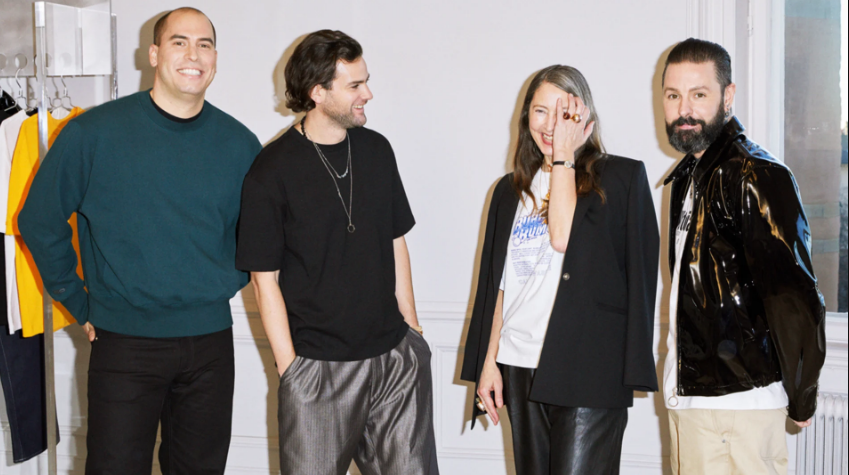For centuries, clothing has been rigidly categorized: dresses for women, suits for men. These prescribed notions of “masculine” and “feminine” attire have shaped how we dress, shop, and perceive ourselves. However, a powerful and inclusive movement is challenging these traditional boundaries: gender-neutral fashion. It’s more than just a trend; it’s a statement about individuality, fluidity, and the liberation of personal style from societal norms.
What Defines Gender-Neutral Fashion?
Gender-neutral, or unisex, fashion is about creating clothing that isn’t specifically designed or marketed for either men or women. Its core principles include:
- Versatile Silhouettes: Moving away from overtly fitted or stereotypically gendered cuts. Think relaxed fits, straight lines, oversized pieces, and classic designs like trench coats, hoodies, and tailored trousers that flatter various body types.
- Neutral Color Palettes: While not exclusively limited, gender-neutral collections often feature a broader range of colors beyond typical “boys’ blue” and “girls’ pink,” embracing earthy tones, monochrome, and a wider spectrum of shades.
- Functionality Over Formality: Prioritizing comfort and practicality, allowing clothing to be worn effortlessly by anyone.
- Shared Spaces: Retailers and brands are increasingly blurring the lines in stores and online, presenting clothing without traditional gender divisions.
- Focus on Individual Expression: The ultimate goal is to empower individuals to choose clothing based on their personal taste and comfort, rather than prescribed gender roles.
Why is Gender-Neutral Fashion Gaining Traction?
Gender-neutral fashion is a reflection of broader shifts in society toward inclusion and self-expression:
- Evolving Gender Identity: A greater understanding and acceptance of diverse gender identities means more people are seeking clothing that aligns with their authentic selves, free from restrictive labels.
- Desire for Comfort and Practicality: Many consumers, regardless of gender, are gravitating towards comfortable, versatile pieces that work for various occasions.
- Sustainability Mindset: Gender-neutral designs often promote longevity and timelessness. A single garment can potentially be worn by multiple people in a household, reducing overall consumption.
- Influencer Impact: Celebrities and fashion influencers openly embracing gender-fluid styles have normalized and popularized the concept, showing how chic and empowering it can be.
- Challenging Stereotypes: It directly challenges outdated stereotypes about what men and women “should” wear, fostering a more progressive and open-minded approach to dress.
How to Incorporate Gender-Neutral Pieces into Your Wardrobe
Embracing gender-neutral fashion doesn’t mean abandoning your existing style. It’s about expanding your options and thinking differently about clothes:
- Start with Basics: Begin with classic pieces like oversized blazers, straight-leg jeans, plain t-shirts, hoodies, or trench coats. These items inherently lean towards gender neutrality.
- Focus on Fit: Experiment with different fits. A looser, more relaxed silhouette often feels less gender-specific than a highly tailored one. Don’t be afraid to size up or down to achieve the look you want.
- Explore the “Other” Section: When shopping, venture into sections traditionally marketed to the “opposite” gender. The hidden gems that perfectly complement your style may surprise you.
- Prioritize Fabric and Texture: Focus on the feel and drape of materials.
- Accessorize to Personalize: Accessories are key to making a gender-neutral piece uniquely “yours.” A bold piece of jewelry, a unique bag, or a statement pair of shoes can infuse personality.
- Trust Your Instincts: The most important rule is to wear what makes you feel good and confident, regardless of who it was initially designed for.





